My ‘Secret’ Life as an Anonymous Source
by Dr. Mark David Major, AICP, CNU-A, The Outlaw Urbanist contributor
Sorry, this post is quirky and not nearly as salacious as the title might suggest otherwise. However, enough time has passed (15 years) that I can now reveal one of the more interesting episodes in my professional career. This is my ‘secret’ life as an anonymous source for the free-wheeling British press involving a story about London Transport, the Metropolitan Police and, ultimately, the British Prime Minister Tony Blair and his still-young-at-the-time Labour government.
On November 23, 1998, London’s Evening Standard printed a front-page article by Martin Delgado with the screaming headline “SHUT THE TUBE FOR MILLENNIUM.” The story was about London Transport’s public claims that they would operate between 70% and 80% of the London Underground services for the Millennium New Year’s Eve celebration on December 31, 1999. However, as part of the crowds study group, London Transport was privately reporting they would be lucky to run services at 50% capacity on the night. At the time, there was a three-year crowds study group tasked with preparing Central London for the large number of people expected to attend the celebrations consisting of the Metropolitan Police, London Transport, Department of Culture, Media and Sport, City of Westminster, and their consultants Risk Management Consultants and Space Syntax Ltd.
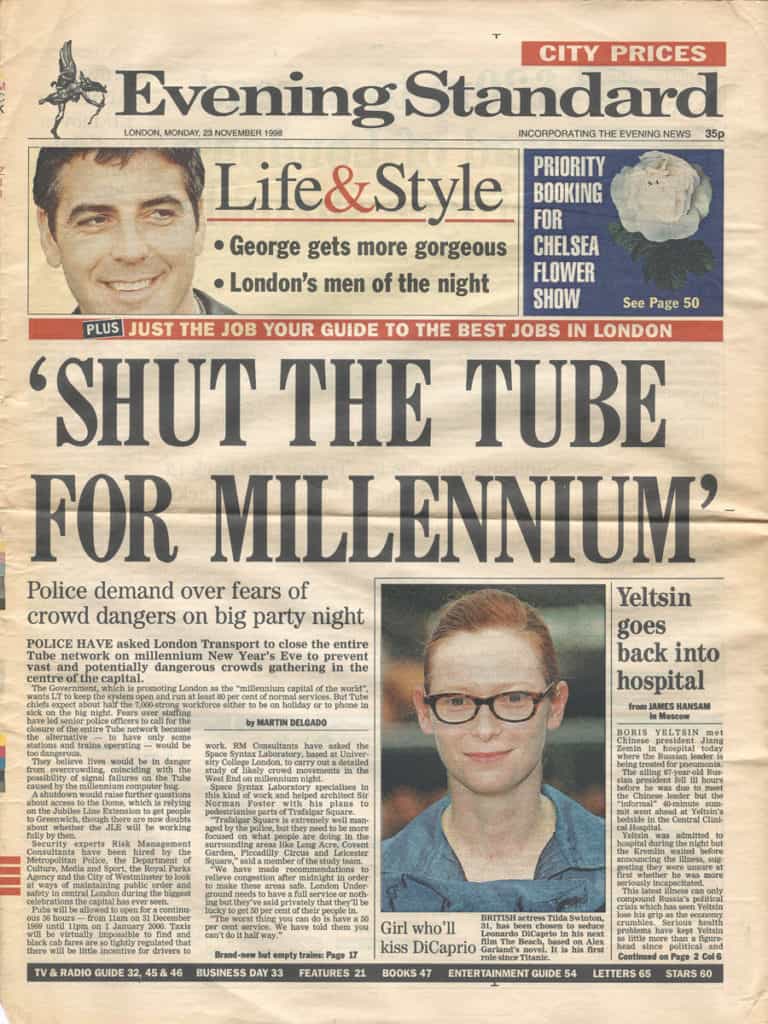
The London Metropolitan Police was extremely concerned about London Transport’s plans to operate at only 50% capacity on the night and leaked the story to the Evening Standard. Delgado’s story quoted an anonymous source in Space Syntax Ltd. to support the position of the Metropolitan Police.
I was the anonymous source.
As I recall, a crowds study group member of the Metropolitan Police referred Mr. Delgado to me to support their position by providing some background information about the study. It was only years later that learned my mistake was asking for an “off the record” conversation ; not realizing this meant I could still be quoted as an anonymous source. In hindsight, I should have asked for a conversation “on background.” Oh well, live and learn. Initially, I took some grief inside Space Syntax for my role in this story but less than you might think because what I said was accurate and correct. The reaction inside Space Syntax about my role later evolved into bewildered amusement because of what next happened.
The story briefly caused a firestorm, which required Tony Blair to respond to Ministers of Parliament during Prime Minister’s Question Time. The story eventually led to the Labour government making wholesale changes to government preparations by refocusing the Millennium celebrations on the River Thames. This was not our idea but it was a darn good one in hindsight because it helped to spread the expected crowds over a much larger area of central London. A change that also required London Underground to operate nearer to full capacity on the night since people would be arriving and leaving via more underground stations. At the time, the concern of crowds study group about this change was our crowd observations were focused around Trafalgar Square, Leicester Square, and Piccadilly Circus on New Year’s Eve in 1996, 1997 and 1998.
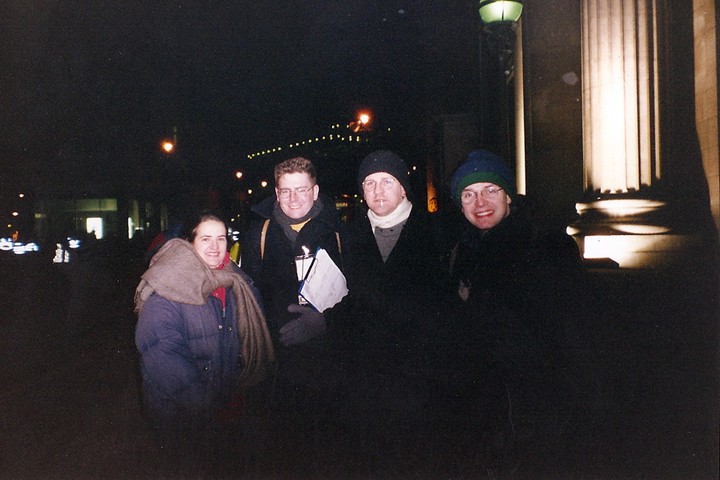
We worried about missing something since we could not observe crowd movement and space use under the same circumstances before the actual night. However, the Millennium celebrations were a great success, going off without a hitch other than some minor incidents involving stupidity and chance, with no serious injuries due to overcrowding on the streets of central London. I like to think Space Syntax’s role as a consultant on the crowds study – and mine, in particular, as the Space Syntax project manager and anonymous source to this Evening Standard story – helped to ensure public safety on December 31, 1999.
If you are interested in more details about our crowds study, you can read about it here:
Major MD, A. Penn , G. Spiliopoulou, N. Spende, M. Doxa, and P. Fong, 2000, ‘Following the Crowd: Spatial Layout and Crowd Behaviour’, arq Architectural Research Quarterly, Volume 4, Number 3, Cambridge University Press, pp. 257-264, ISBN 0-521-79412-9.

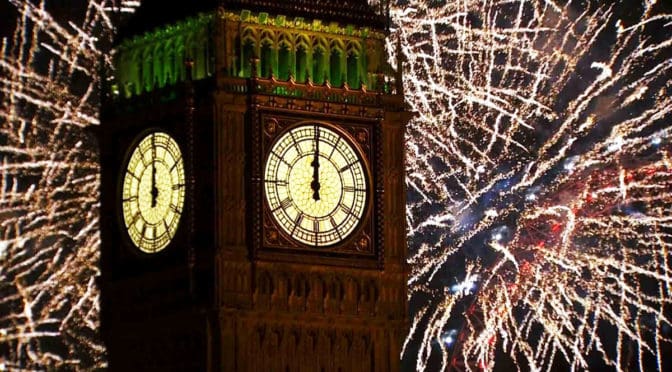
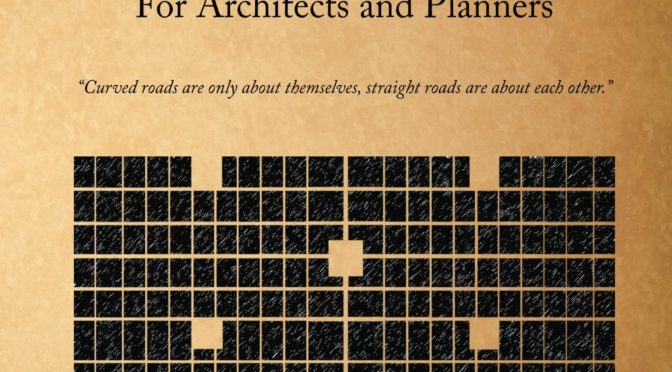
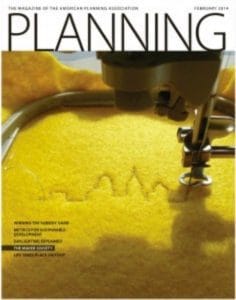 “Poor Richard” Review | Planning Magazine
“Poor Richard” Review | Planning Magazine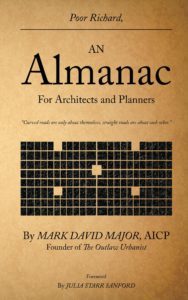
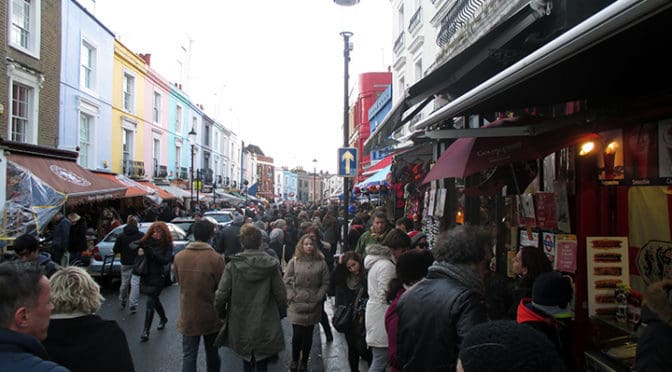
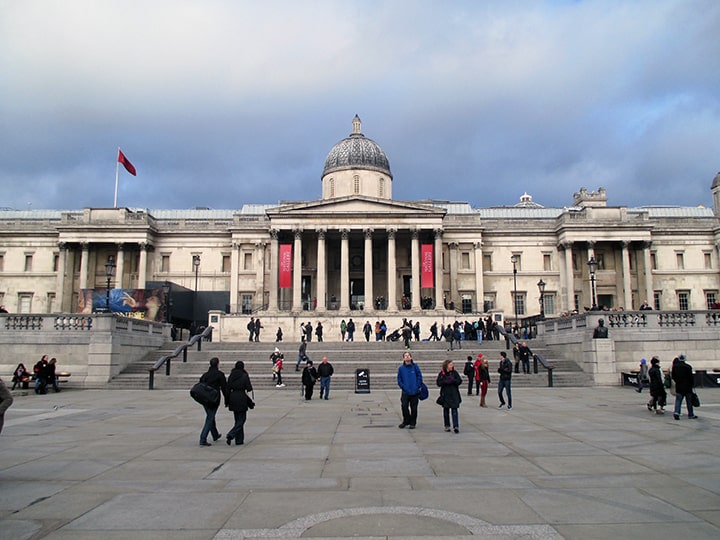
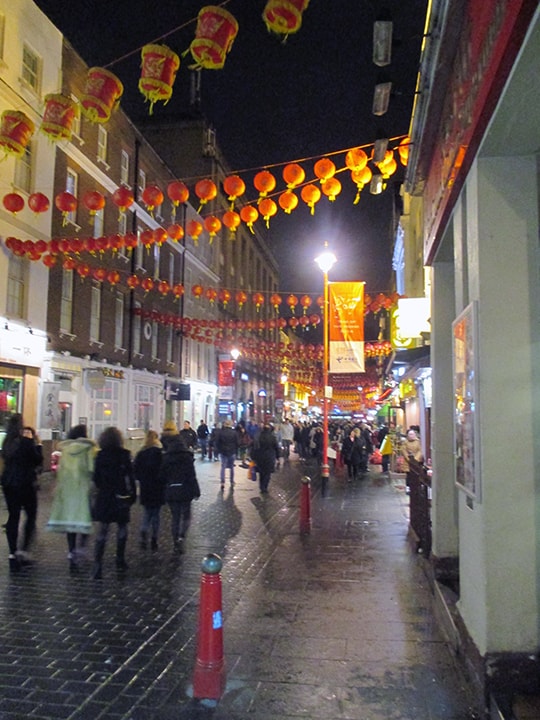
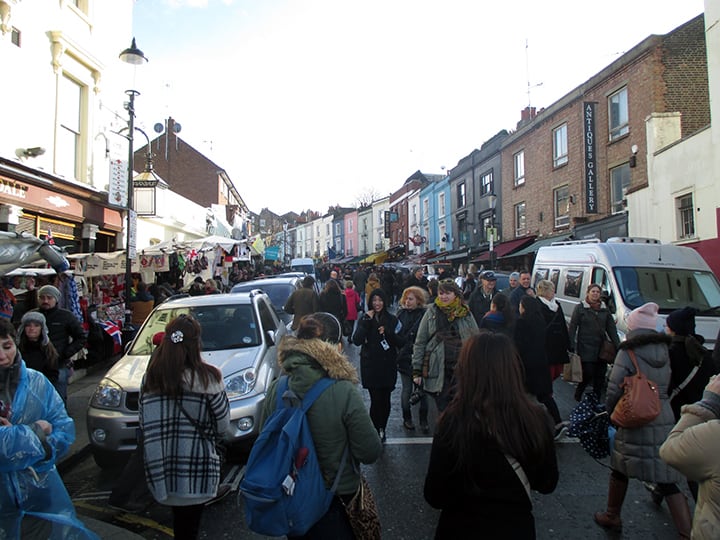
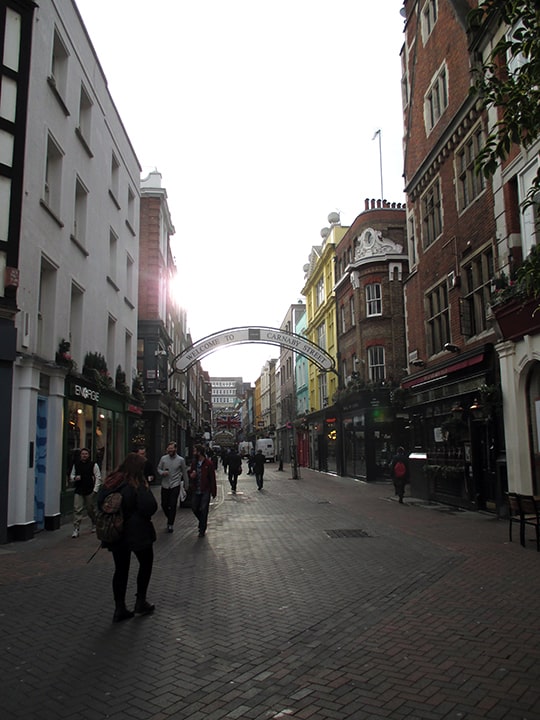
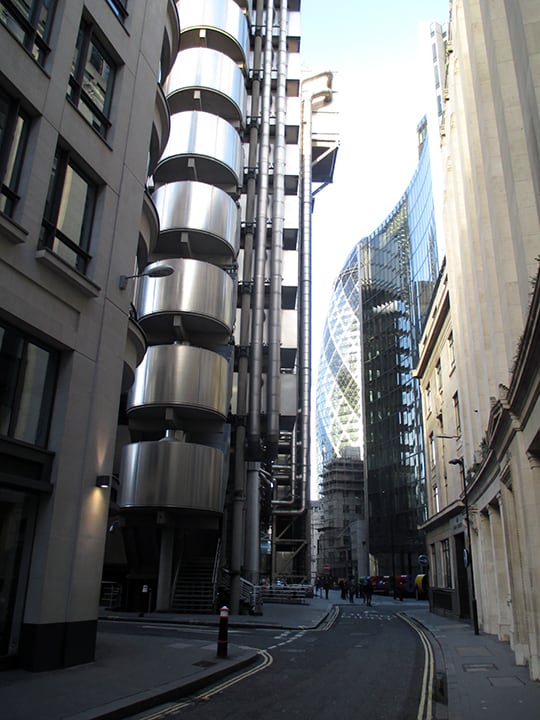
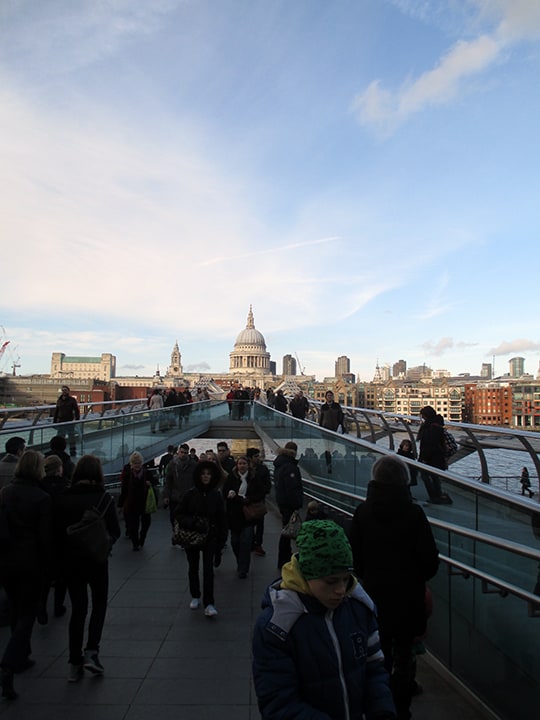
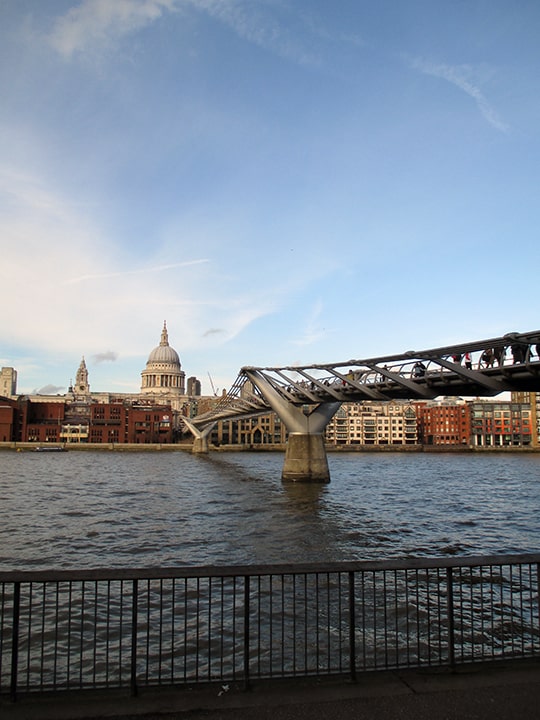
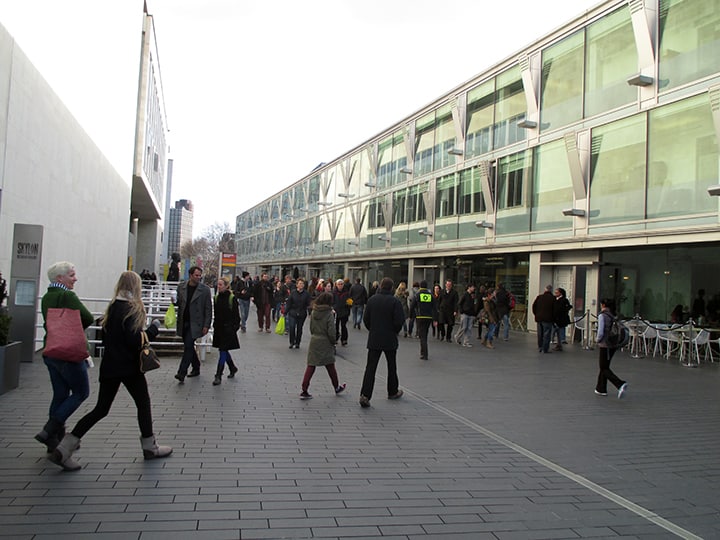
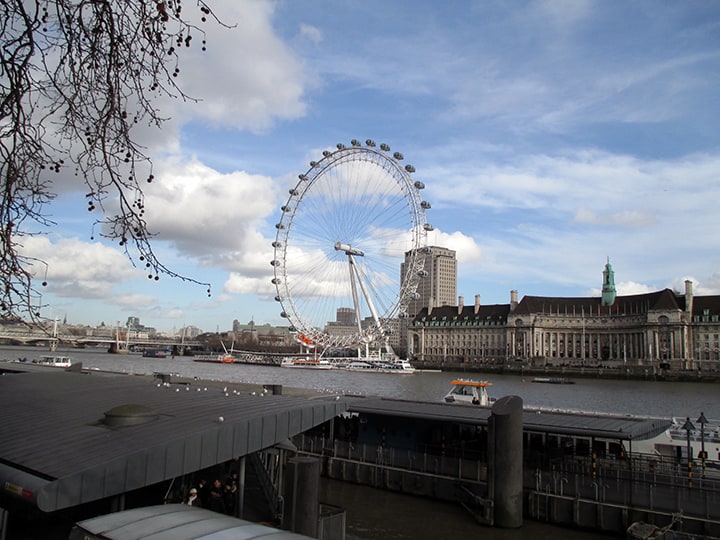
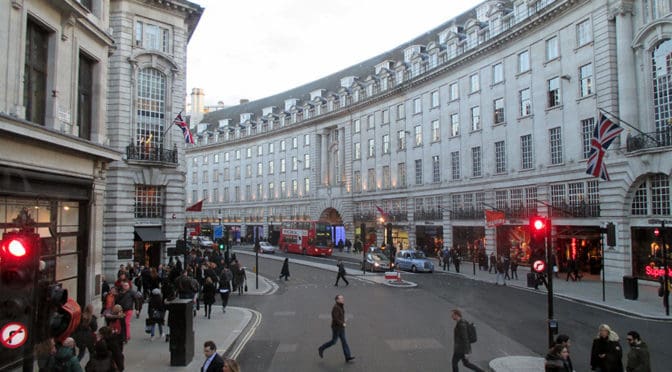
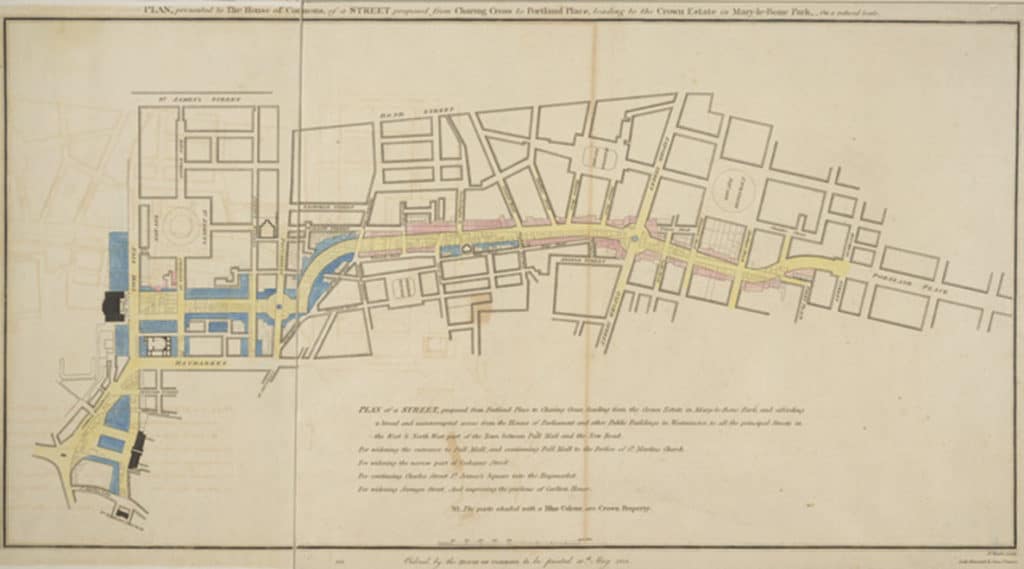
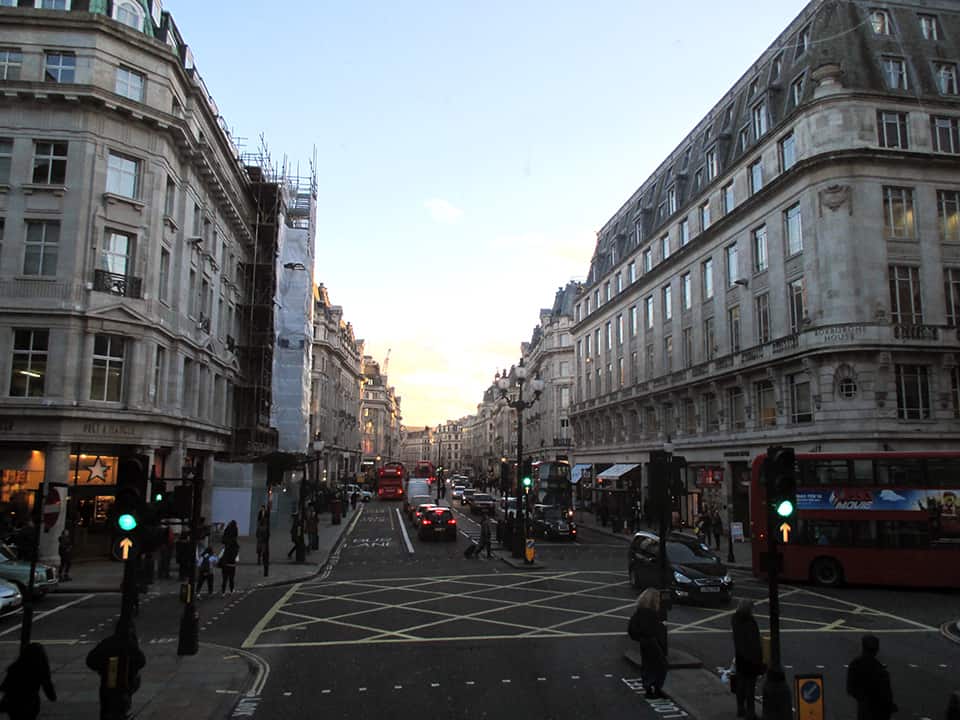
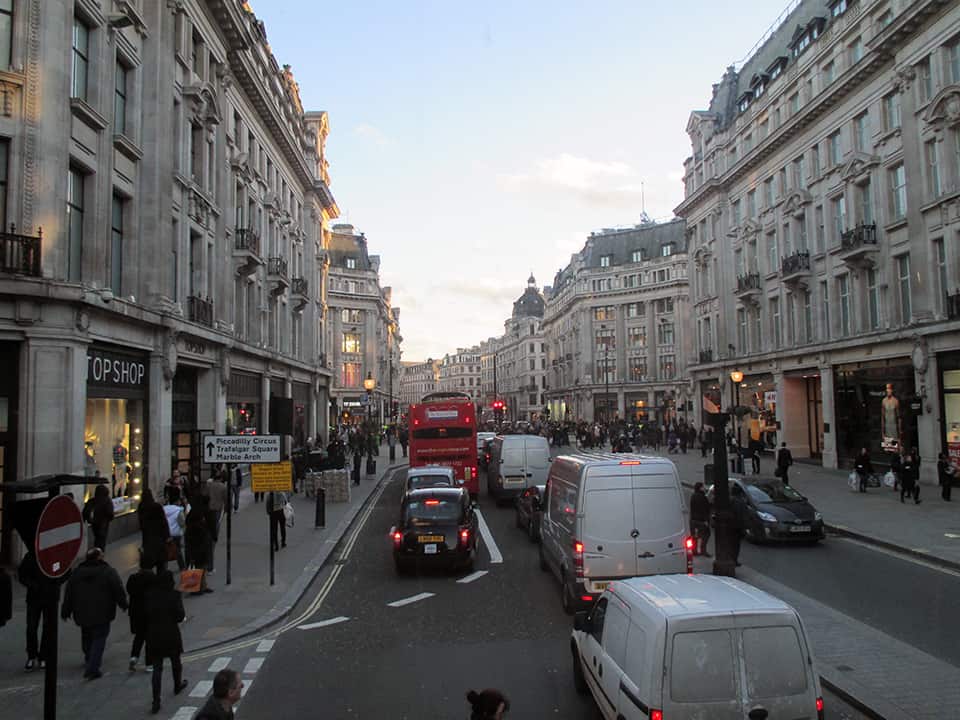
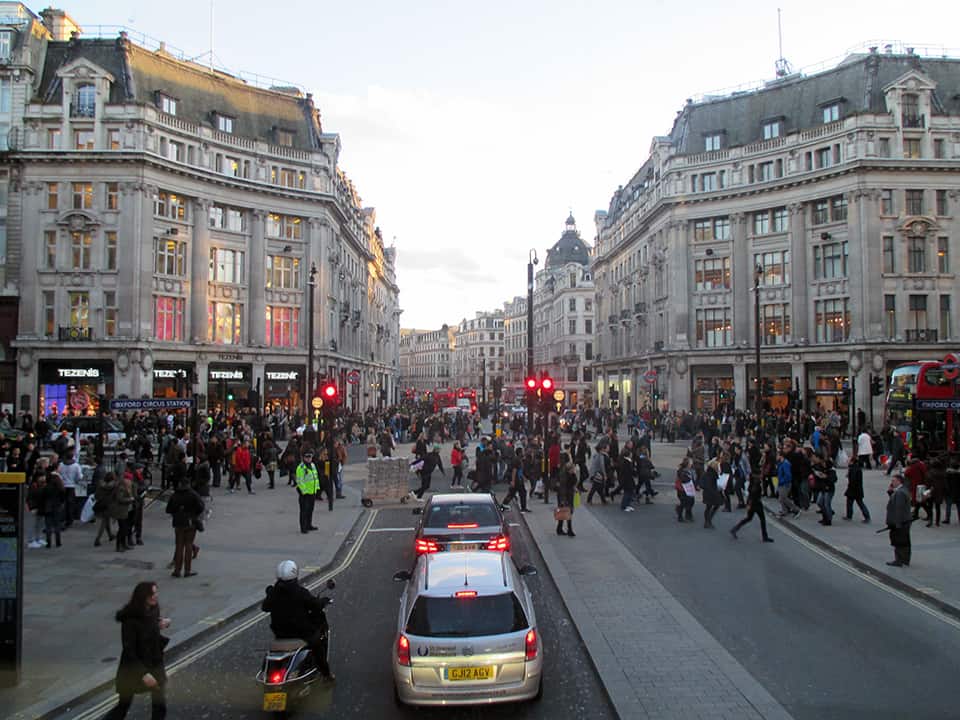
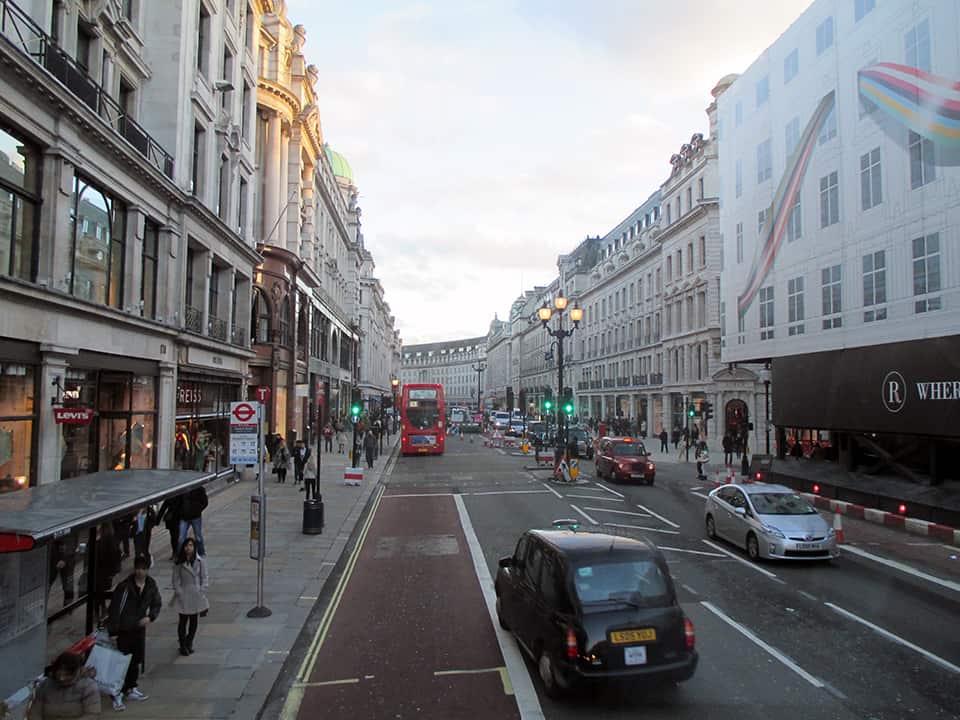
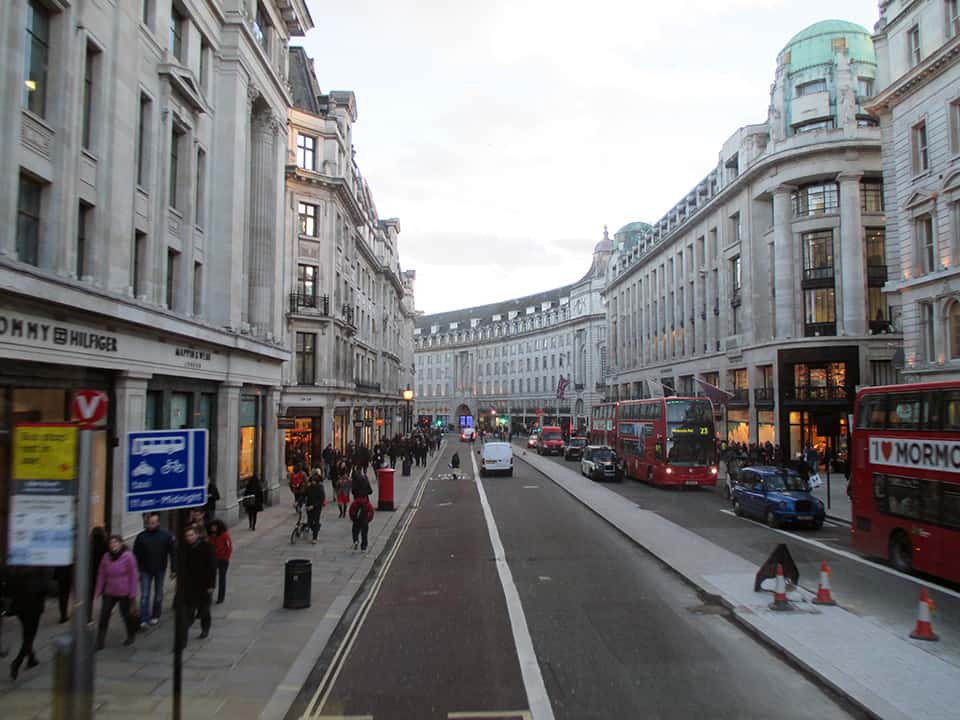
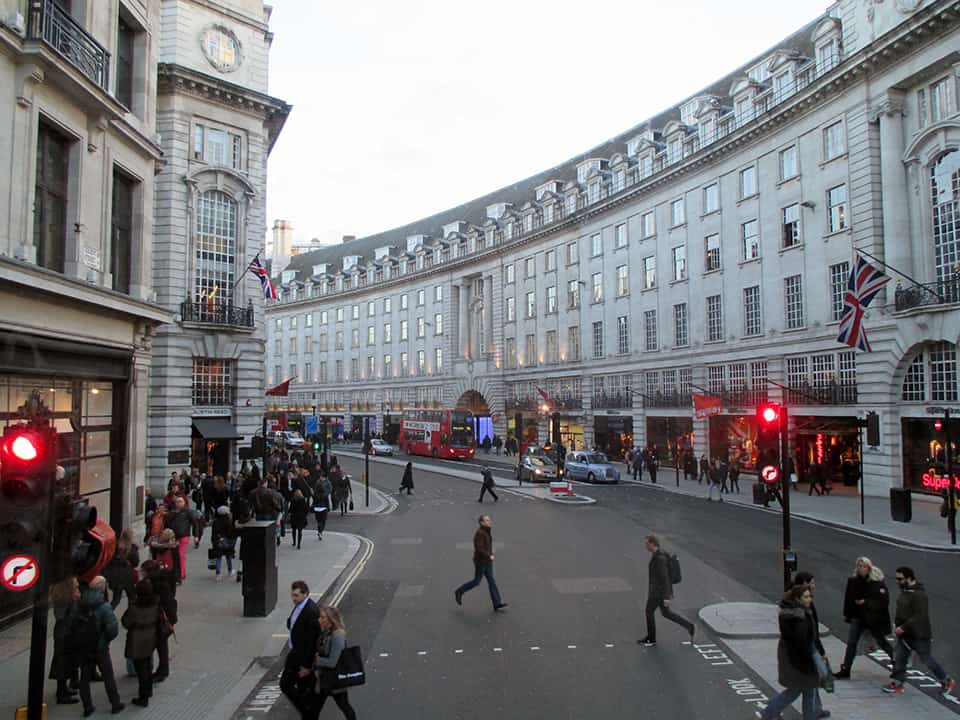
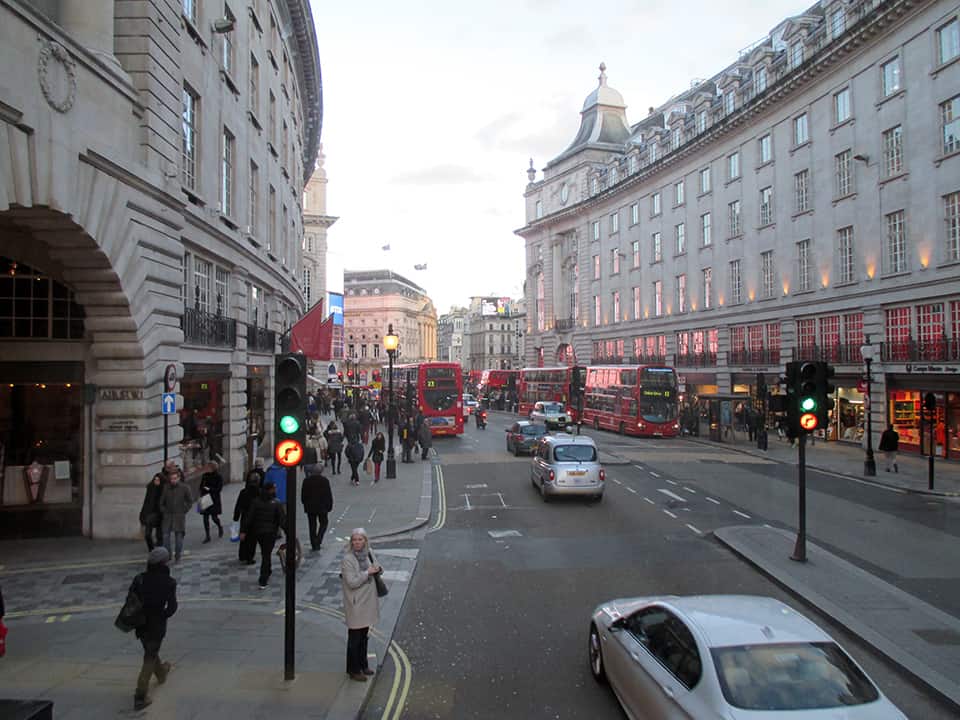
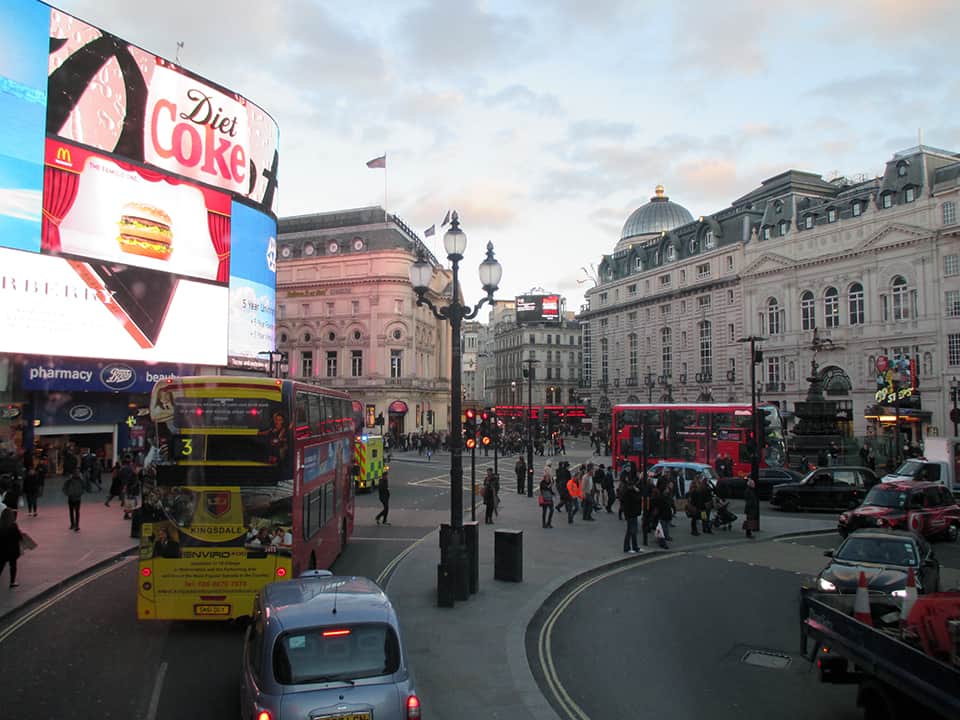
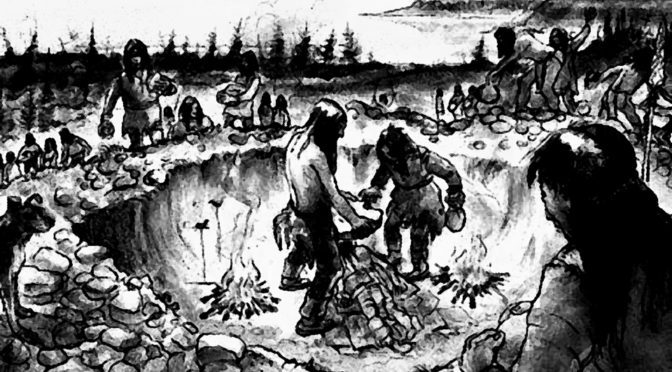
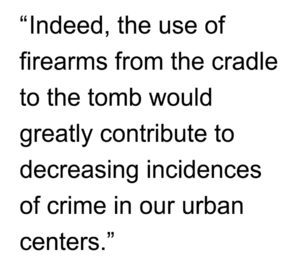 But a plethora of bodyguards and firearms can only produce new problems for our urban centers, increasing demand over available supply for people and guns, and crippling our substandard pubic transportation systems (you see, two now travel where before there was only one). The problematic nature of public transportation first became fully realized with the appearance of mass-produced automobiles during the early 20th century. Highways are always too small, cars are never big enough, public rail is grossly unsanitary, and buses are forever late. A new approach to transportation is needed. A formidable suggestion lies in eliminating all forms of mechanical transport from the planet. In its place, a new human species would emerge, walking its way to physical fitness, excellent health and, no doubt, unquestioned beauty. The elimination of the automobile will also contribute to a dramatic decrease in teenage pregnancy (think about it). With the passing of the automobile, its supporting apparatus – the factory – would also disappear into the mists of the distant past. Since the Industrial Revolution first darkened our blue skies into a shadowy black, pollution has been of paramount importance for survival of the species. With the demise of all mechanical transports, the formidable pro-pollution lobby will, at last, fall to ruin. Unused factories shall collapse as humanity fully embraces a new multi-nomadic modal transportation. At last, we will have achieved a real solution to the dark veil of global warming/climate change descending over us since the medieval days of 1988. However, these are only partial solutions.
But a plethora of bodyguards and firearms can only produce new problems for our urban centers, increasing demand over available supply for people and guns, and crippling our substandard pubic transportation systems (you see, two now travel where before there was only one). The problematic nature of public transportation first became fully realized with the appearance of mass-produced automobiles during the early 20th century. Highways are always too small, cars are never big enough, public rail is grossly unsanitary, and buses are forever late. A new approach to transportation is needed. A formidable suggestion lies in eliminating all forms of mechanical transport from the planet. In its place, a new human species would emerge, walking its way to physical fitness, excellent health and, no doubt, unquestioned beauty. The elimination of the automobile will also contribute to a dramatic decrease in teenage pregnancy (think about it). With the passing of the automobile, its supporting apparatus – the factory – would also disappear into the mists of the distant past. Since the Industrial Revolution first darkened our blue skies into a shadowy black, pollution has been of paramount importance for survival of the species. With the demise of all mechanical transports, the formidable pro-pollution lobby will, at last, fall to ruin. Unused factories shall collapse as humanity fully embraces a new multi-nomadic modal transportation. At last, we will have achieved a real solution to the dark veil of global warming/climate change descending over us since the medieval days of 1988. However, these are only partial solutions.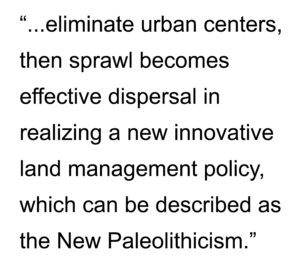 What is the vision for New Paleolithicism, you ask? Our slogan shall be: 160 Acres, four guns, and three Domestic Partners for Every Household! Of course, we shall have to revise the definition of household since the word ‘tribe’ might cause some people to ignore the beauty of this solution. In this sense, a household means approximately 15 people occupying their own 160 acres on the planet. This ratio of 160 acres for every 15 people is based on the current density of human population to land mass. Every heterosexual male would be provided with two heterosexual females in order to perpetuate reproduction of the species. However, heterosexual male-to-female ratio in gross terms will not support such a system. This is where our LGBT brethren become a vitally important component in the equation. Some households must be headed and composed of domestic LGBT partnerships in order to make the ratio of heterosexual males and females work for this new society. Some households might even be LBGT/heterosexual hybrids (“Polysexual Households”). Naturally, since these commusexual and polysexual households will not need to support as many offspring as their heterosexual brethren, they shall be allotted the least desirable locations on the planet. Our LGBT brethren must climb this ‘mountain’ and cross this ‘desert’ on behalf of humanity. They will understand the necessity. The dismantling of the urban centers and the elimination of all mechanical transports shall facilitate clear air and healthy bodies, perhaps even leading to the end of Death itself. There can be no greater goal than being safe from the cold embrace of Death.
What is the vision for New Paleolithicism, you ask? Our slogan shall be: 160 Acres, four guns, and three Domestic Partners for Every Household! Of course, we shall have to revise the definition of household since the word ‘tribe’ might cause some people to ignore the beauty of this solution. In this sense, a household means approximately 15 people occupying their own 160 acres on the planet. This ratio of 160 acres for every 15 people is based on the current density of human population to land mass. Every heterosexual male would be provided with two heterosexual females in order to perpetuate reproduction of the species. However, heterosexual male-to-female ratio in gross terms will not support such a system. This is where our LGBT brethren become a vitally important component in the equation. Some households must be headed and composed of domestic LGBT partnerships in order to make the ratio of heterosexual males and females work for this new society. Some households might even be LBGT/heterosexual hybrids (“Polysexual Households”). Naturally, since these commusexual and polysexual households will not need to support as many offspring as their heterosexual brethren, they shall be allotted the least desirable locations on the planet. Our LGBT brethren must climb this ‘mountain’ and cross this ‘desert’ on behalf of humanity. They will understand the necessity. The dismantling of the urban centers and the elimination of all mechanical transports shall facilitate clear air and healthy bodies, perhaps even leading to the end of Death itself. There can be no greater goal than being safe from the cold embrace of Death.